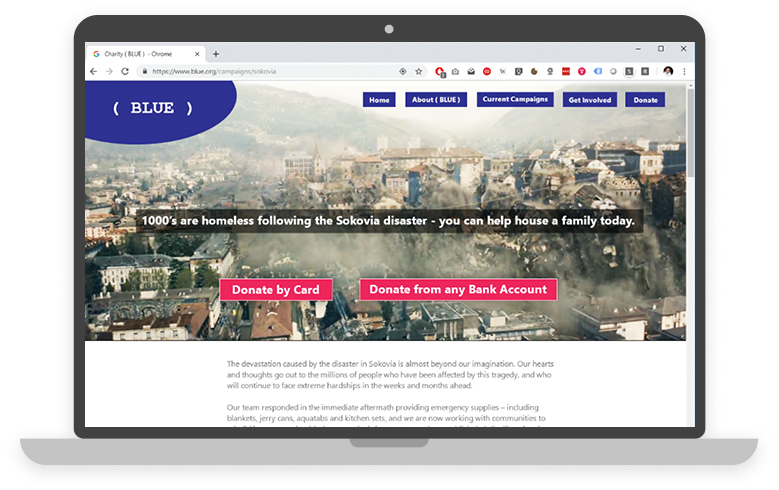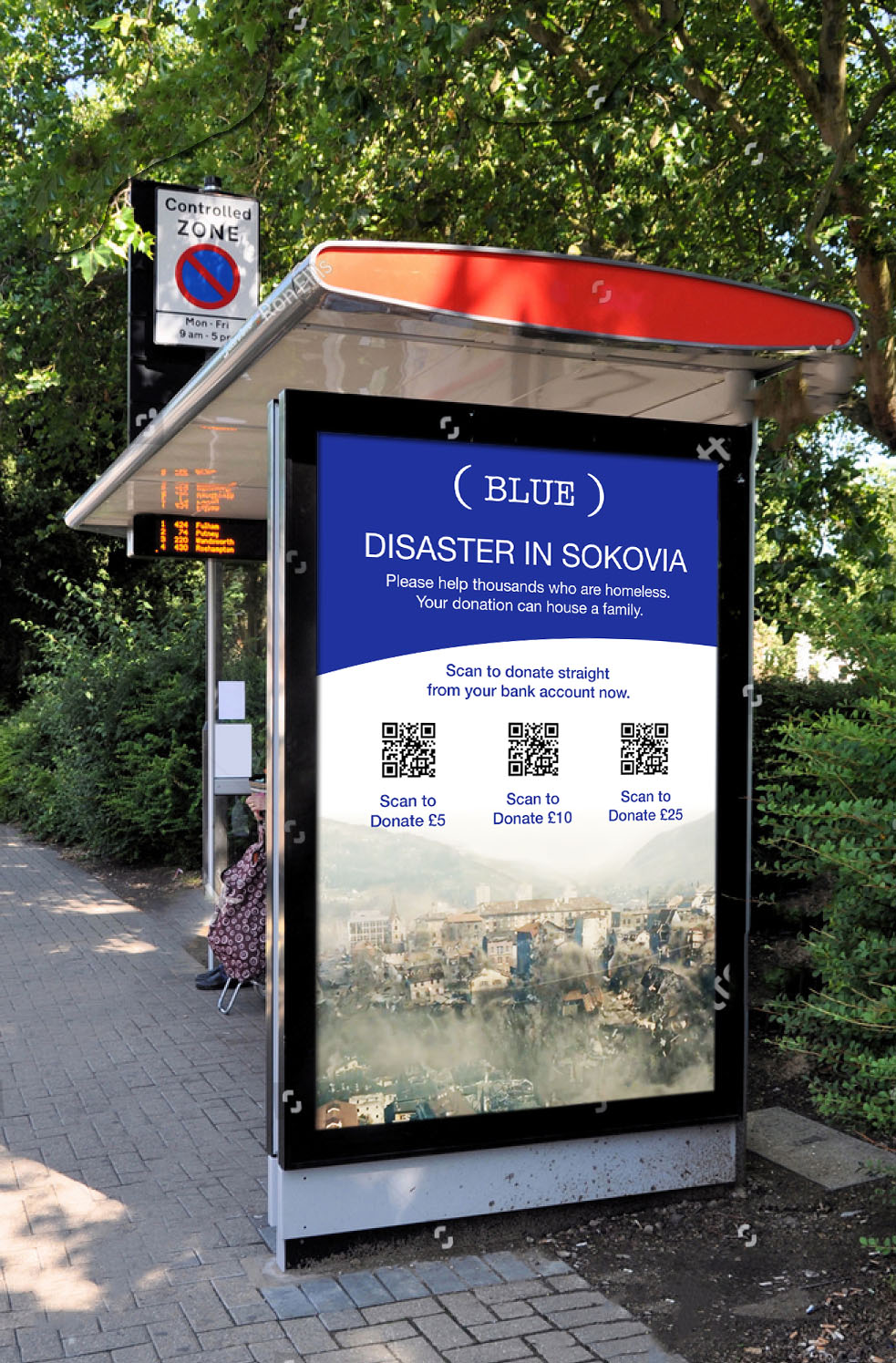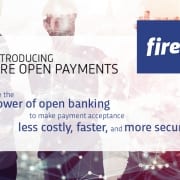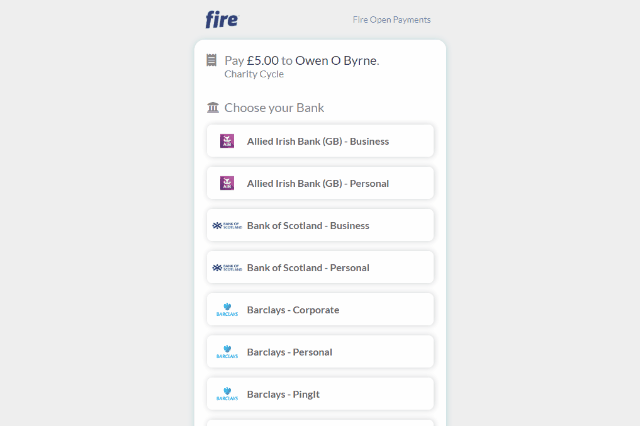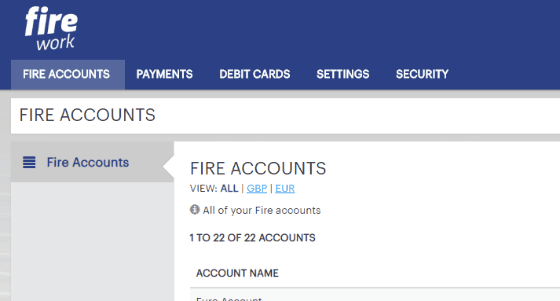Level up your payment processes by automating pay-outs
The administrative effort tied up in processing pay-outs can be a burden for many businesses. Whether accounts payable or the issuing of refunds, paying out in a traditional sense is typically time-intensive and error prone.
In a typical workflow, a user will log in to a business bank account and manually enter a range of different details for each payment. These will be authenticated by another team member before the transactions are authorised.
However, when disbursing payments across multiple recipients, the manual process to facilitate the transactions can get out of control as your business grows. Mistakes, delays and unaccounted figures begin to take up more time as your company scales, reducing overall efficiency
Timely and accurate payments are a crucial driver for customer success, so it is important businesses pay attention to their payment processes and identify areas for improvement. Two in five UK invoices were paid late in 2018, implying there is scope to update payment processes across sectors.
A sophisticated payment workflow will look to automate manual tasks and minimise opportunities for human error. For larger organisations that already use third-party systems to organise supplier payments, a best-in-class solution would see them combining all their disparate databases into one unified payment solution. By integrating with an API for payment automation – such as fire.com’s – the need to route payments through multiple systems for complex payments is greatly reduced.
Examples of automated pay-outs
Whether it’s an inter-account transfer to a segregated customer or staff account, or automating large volume batch payments to suppliers, there are a number of ways APIs can be used to streamline the pay-out process.
Alternative lender – automated, real-time disbursements
GRID Finance is an alternative finance provider that specialises in loans for the hospitality, e-commerce and personal service industries. Being able to release funds to customers quickly is a key differentiator in the alternative lending space, so they looked to fire.com to help them automate payments-out and open segregated customer accounts in real-time, to support effective reconciliation.
As a result, GRID Finance has significantly increased speed of settlement and reduced reconciliation processing times to minutes:
“Every minute we save allows us to focus on delivering the best possible experience for our customers” says Senior Operations Manager of GRID Finance, Gary Grimes.
Bulk pay-outs to suppliers
By opening a fire.com business account and integrating with the API, businesses can initiate vary large volume batch payments to suppliers, contractors or staff. Once the workflow is set-up, users authorise each payment via the firework mobile app.
Bespoke payments providers such as fire.com can also support businesses with less development resource to automate batch pay-outs, with the only requirement being the provision of data in Excel format and the opening of a fire.com business account from which to send the funds. If you think you could benefit from this service, get in touch with our team to find out more.
Shopper debit cards
Buymie is an online retail platform that allows customers to purchase goods from local retail stores and have them delivered same day. Buymie wanted a solution that would enable them to open accounts for each personal shopper and quickly transfer the funds needed to purchase goods for customers. They also wanted the ability to freeze cards themselves, switching each one off once purchases are made.
By opening up an account with fire.com, Buymie can open additional accounts with no further KYC checks. Each account comes with its own IBAN and all inter-account transfers are made in real-time, at no charge. For enhanced security, all account users receive a notification when payments are made, while cards can be frozen or unfrozen instantly via the parent account.
Are you thinking about introducing an automated element to your pay-out process? We can help. Get in touch with our team to discuss the benefits of opening a digital account.


